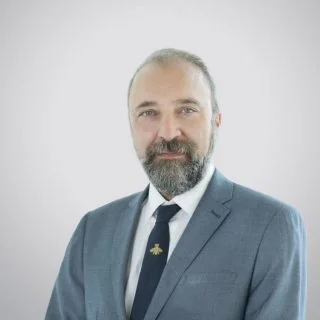What is a shoulder labral tear (SLAP tear)?
On the outside rim of your shoulder socket, there is a ring of cartilage called the labrum. Its purpose is to help hold the ball shaped end of your humerus (your upper arm bone) in place within the shoulder socket. The labrum can become torn in different places, but the most common area is at the front and back where it attaches the bicep muscles in your arm to the tendons. This type of tear is called a SLAP tear, which stands for Superior Labrum Anterior and Posterior.
Common signs and symptoms of a SLAP tear
Often, SLAP tears are symptomless with the pain only occurring when you try to do certain movements with your arm:
- Shoulder pain
- A feeling of the shoulder locking, clicking or catching
- Reduced movement and stiffness in the joint
- A feeling of unsteadiness and weakness in the shoulder
Common causes of a SLAP tear
SLAP tears are usually caused by:
- Trauma – Injury can occur during sports or during an accident where you fall and stretch your arm out to break your fall. The impact of bearing weight on your arm in this way can cause the labrum to tear. It may also happen if you are involved in a car accident or dislocate your shoulder.
- Repetitive movements – Certain repetitive movements such overhead motions during work or sports can result in a SLAP tear.
- Wear and tear – Chronic conditions such as osteoarthritis (wearing down of cartilage in the joints) can make the labrum prone to tearing, as can general wear and tear during your lifetime. If you are over 40, you can be at a higher risk of getting a tear.
Diagnosing a SLAP tear
It can be difficult to diagnose a SLAP tear because you can also tear your labrum in other areas. To reach a diagnosis, your doctor will assess the condition of your shoulder by moving your arm into various positions and reviewing how much movement and pain you have.
Imaging tests
Your doctor may wish to send you for an imaging scan to help look at your shoulder in detail. You may be asked to go for either or both of the following types of scan:
- X-ray – to detect fractures and structural abnormalities
- MRI scan – to look at soft tissue damage in more detail. You may need to have an injection of a contrast material into the joint. This will help to identify the tear if you have one
Treating a SLAP tear
Your doctor will decide on the best course of treatment based on the symptoms and exact diagnosis. Conservative treatment with the use of medication and therapy is usually enough to treat a SLAP tear, but in some cases, surgery may be required.
Medication
Your doctor may suggest you try medication to relieve your shoulder pain. Options may include:
- Nonsteroidal anti-inflammatory drugs (NSAIDs), such as Brufen (ibuprofen)
- An injection of corticosteroids into the joint to provide temporary relief
Therapy
Physiotherapy may be recommended to help improve your strength, movement and stability. Your therapist may also be able to tell you what kinds of movements are contributing to the problem so that you can avoid them.
Surgery
Surgery is an option when conservative treatment isn’t appropriate or hasn’t helped. An arthroscopic (keyhole) procedure may be required to repair or remove the torn tissue in the shoulder joint. In rare cases, you may need to have open surgery where a larger incision is made.
Recovering after a SLAP tear
Your recovery may differ depending on the extent of your tear and the treatment undertaken. For minor tears requiring conservative treatment, it is possible that you may recover in a few weeks as long as you have followed the advice given by your doctor and physiotherapist.
If you have had arthroscopic surgery, you may need to wear a sling for 4 weeks. In total, it could take up to 2 months for your shoulder to recover after surgery and a further 2 months to regain the strength you had before the injury.
Your doctor and physiotherapist will be able to guide you on when it is safe to return to exercise and more intense activities (such as lifting).
BOOK AN APPOINTMENT






